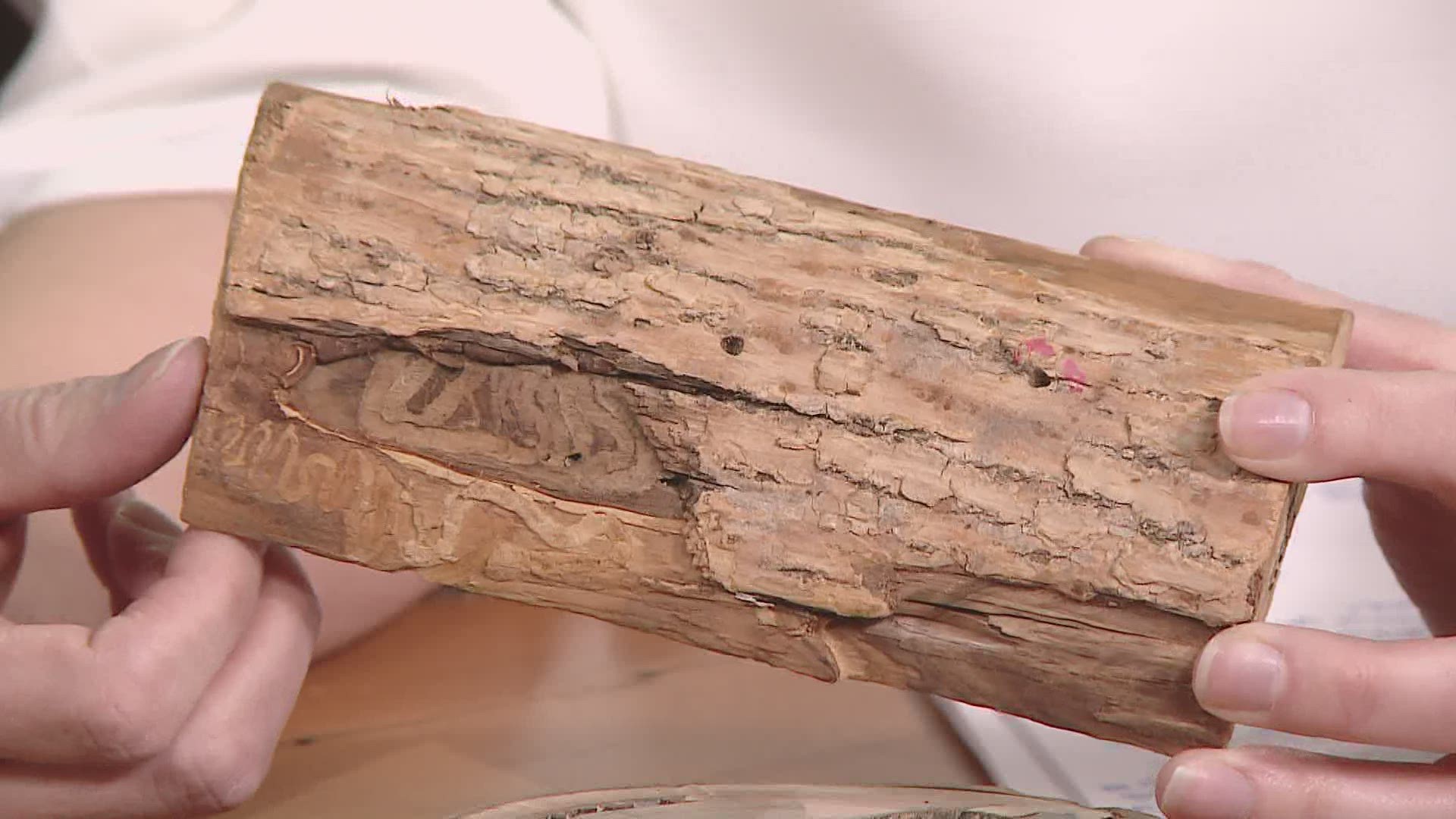AUGUSTA, Maine — Editor's Note: The video above aired on 207 last year ahead of Invasive Species Awareness Week.
The Maine Department of Agriculture, Conservation and Forestry (DACF) is rolling out its 2021 National Invasive Species Awareness Week (NISAW) campaign. This year's theme: "Together, we can do more."
The annual program, which will run this week from Feb. 22-26, is designed to raise consumer awareness of invasive species, the threats they pose, and what can be done to slow or prevent their spread, DACF explained in a release.
DACF's campaign will work in partnership with the Maine Department of Environmental Protection and the Maine Department of Inland Fisheries and Wildlife.
They invite everyone to join in NISAW by using this week as an opportunity to learn more about invasive species harming Maine's natural resources, including their economic impacts, and get involved.
DACF shared this list of 10 ways to slow or prevent the spread of invasive species in Maine:
- Learn how to identify signs of emerald ash borer. Winter is a great time to see "blonding" on ash trees, the shallow flecking of the bark by woodpeckers. If you think you see "blonding," take some good quality photos, note your location, and report your findings on the EAB Report Form.
- Learn how to identify invasive plants like Japanese stiltgrass that might be growing on your property, and volunteer with your local land trust or conservation commission to help remove invasive plants on local public lands. The Maine Natural Areas Program developed the Maine Invasive Plant Field Guide to help you recognize problem plants. The guide also describes control methods to help you start reclaiming your landscape.
- Be on the lookout for the invasive tree of heaven, which is host to a new invasive insect threat, the spotted lanternfly. If you think you have seen the tree of heaven in Maine, please report it to mnap@maine.gov.
- Watch out for Browntail Moth! Browntail moth winter webs have been found from Northern Aroostook County to York County in Maine. Check your hardwood trees and shrubs for browntail moth winter webs. Now is a great time to clip out and destroy webs of overwintering browntail moth caterpillars before they become active.
- Protect our forests from invasive earthworms! Did you know there are no earthworms native to Maine? European and Asian invaders destroy forest soils with their voracious feeding. The most destructive worms are known as crazy worms, jumping worms, or snake worms. Earthworms spread when people move plants, soil, mulch, or leaves or when bait worms are left on the banks of waterways.
- Planning a camping trip? Leave your firewood at home and prevent the spread of invasive pests. Buy firewood at the campground or other local sources.
- Play-Clean-Go Clean hiking boots, waders, boats and trailers, off-road vehicles, and other gear to stop invasive species from hitching a ride to a new location. Learn more at Play Clean Go.
- Protect Maine's waterways from invasive aquatic plants by following Clean, Drain, Dry. Want to do more? Join Lake Stewards of Maine, the longest-standing, state-wide citizen lake monitoring program in the U.S.
- Don't release aquarium fish and plants, live bait, or other exotic animals into the wild. If you plan to own an exotic pet, do your research and make sure you can commit to its care. Learn more at Habitattitude. And remember, it is illegal to import any freshwater fish, and many other organisms, into the state of Maine without a permit from the Maine Department of Inland Fisheries and Wildlife.
- Together, we can do more! Spread awareness, tell your friends, family, neighbors, and others about invasive species and the harm they do to our environment and health. Please encourage them to get involved with National Invasive Species Awareness Weeks in their way. Here are some resources to help get started:
- Learn more on the National Invasive Species Awareness Week website
- Attend national and local webinars
- Like or Follow the Maine Invasive Species Network Facebook page
- Attend the Maine Invasive Species Network Annual Meeting, February 23 & 24
- Like or Follow Maine Bug Watch Facebook, Twitter, or Instagram page
- Learn more about Invasive Species Programs run by the State of Maine

